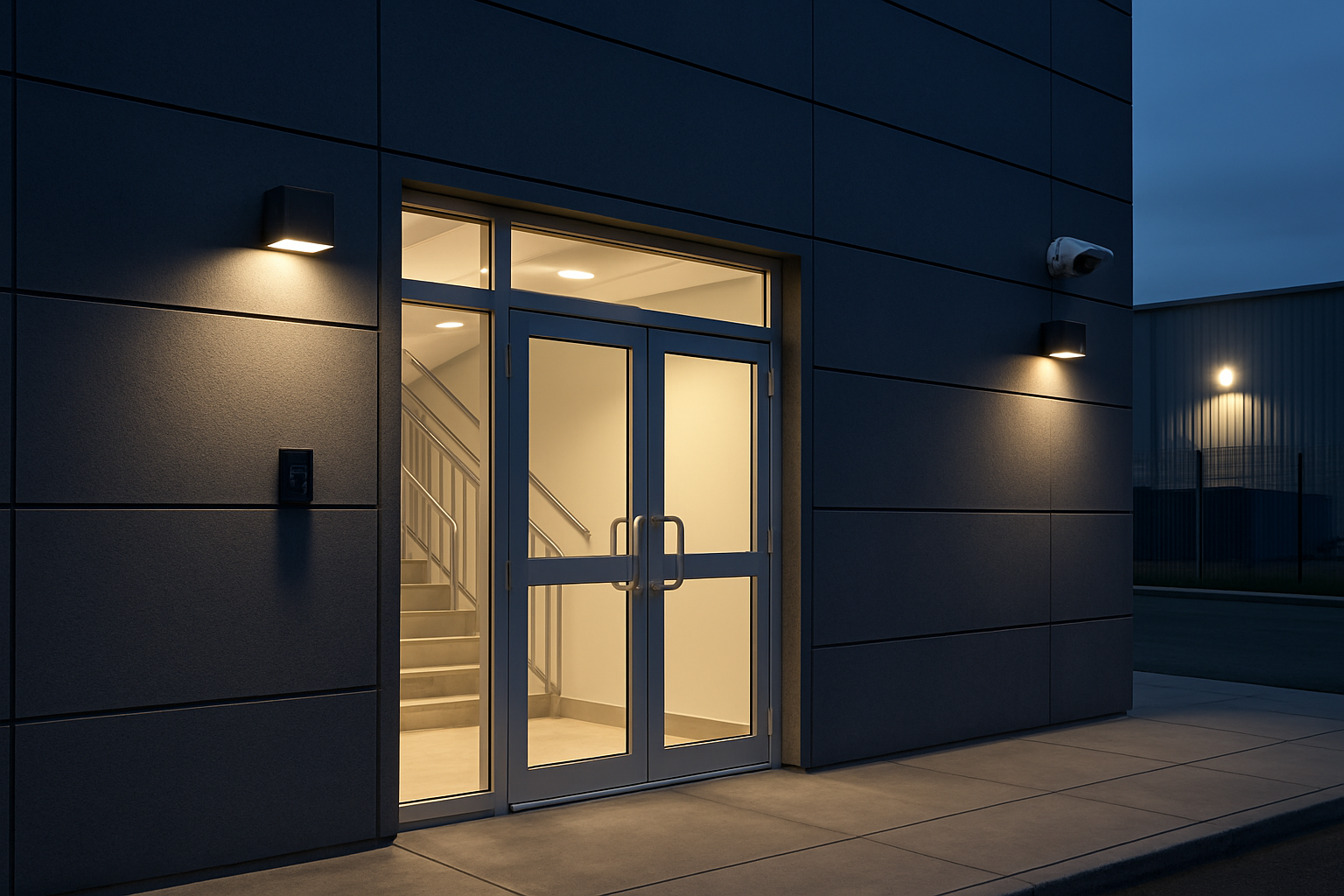WHAT ARE THE DIFFERENT TYPES OF PHOTOCELL?

What is a photocell?
Point definition
Photocells, also known as photocells, are devices that use beams of light to detect the presence of obstacles in the path of the gate as it opens or closes. They are frequently used in automation and control devices to initiate action according to the degree of brightness.
Photocell operation
Their operation is quite simple: a pair of photocells is usually installed on either side of the gateway. When the beam of light between the two cells is interrupted by an object, this triggers a signal that stops or reverses gate movement, thus avoiding potential collisions with people, vehicles or other obstacles. Thanks to this technology, photocells make a major contribution to user safety and property protection. They are therefore an essential part of any modern gate automation system.
4 types of photocell to know
There are various types of photocell. Each has its own advantages and disadvantages in terms of precision, range and operating environment.
Here's an overview of the main types:
- Reflex photocell: uses a built-in light source to emit a reflected beam from a target object to the sensor on the same unit. Ideal for detecting opaque objects such as metal or plastic.
- Barrier photocell: consisting of a transmitter-receiver pair separated by a fixed distance. When an object cuts the light beam between the two, detection is activated. Useful for measuring distances and dimensions with precision.
- The slit photocell: uses a narrow slit as the light source and an opposite receiver as the sensor. When an object partially blocks the light, detection is triggered. Often used to detect thin objects such as paper or plastic.
- Proximity photocell: uses a magnetic or electric field to detect metal objects. Suitable for harsh environments where other types of photocell may not work.
In short, the choice of photocell type will depend on the object to be detected, as well as environmental and operational conditions. By understanding the different options available and their respective advantages, you'll be able to select the one best suited to your specific application.
Prastel photocell ranges to suit your needs
As a manufacturer of electronic systems for automatic gates, Prastel offers a wide range of photocells for different applications:
- Surface-mounted: these photocells are installed directly on the wall. They provide effective detection while being visible and easily accessible for maintenance (e.g. FOTO30-A / FOTO30-B).
- Recessed in the wall: for a more discreet look, these photocells can be recessed in a hole in the wall. They blend in with the surrounding architecture while providing precise detection (e.g. FOTO35).
- Recessed in door jambs: ideal for discreet integration, these photocells are installed in the door jambs, ensuring detection while maintaining a clean, uncluttered appearance (e.g. CR10MS / CR15NM).
Prastel also offers two types of cell configurations:
- Fixed photocell: the two photocells are positioned opposite each other, providing standard detection for various residential and collective applications. (ex :FOTO30-A/FOTO30-B)
- Steerable cell: this configuration allows the beam to be steered flexibly, simplifying installation and adapting to the specific needs of each project. (ex :FOTO-R/FOTO-RB)
But that's not all. Prastel has also designed a number of specific options to suit different environments:
- Classic plastic cell: suitable for residential and collective environments, this version offers reliable detection in a sturdy, attractive housing (e.g. FOTO-R/FOTO-RB).
- Vandal-proof cell: designed for industrial environments, this version features a resistant metal cover, offering additional protection against intentional damage. (e.g. FT30-AV)
As you can see, we offer a complete range of photocells for a variety of applications. Our aim? To guarantee users reliable, safe detection for all their needs. To find out more, don't hesitate to contact us !
Prastel latest news
Discover the latest blog posts on automation and safety.
DISCOVER OUR LATEST CATALOG

.webp)





